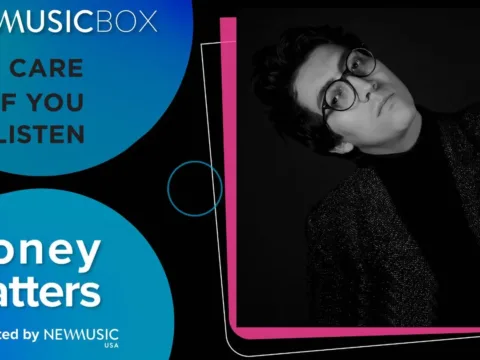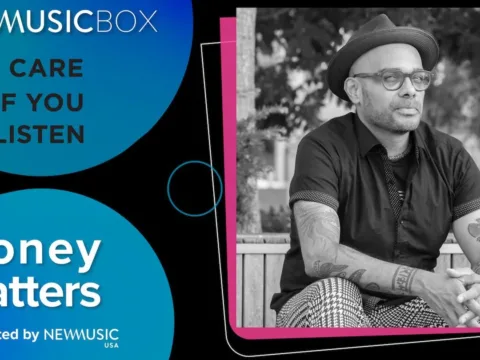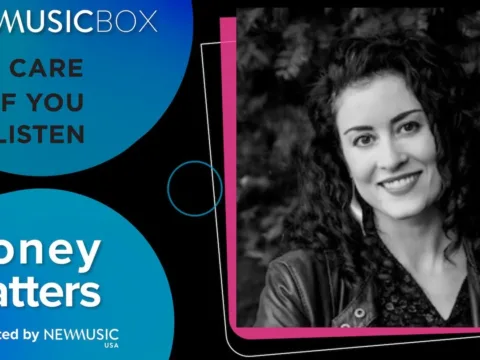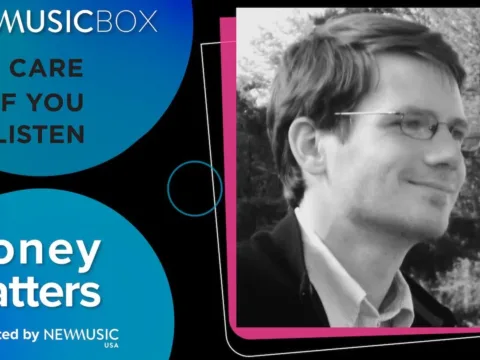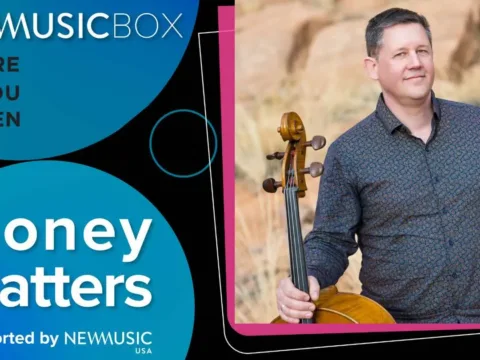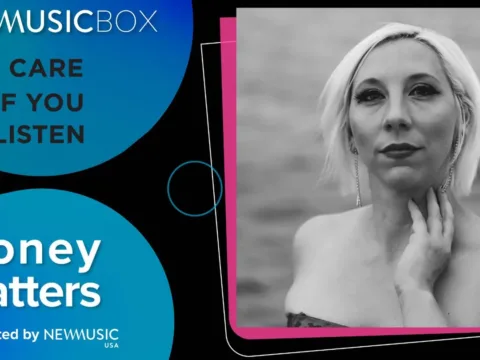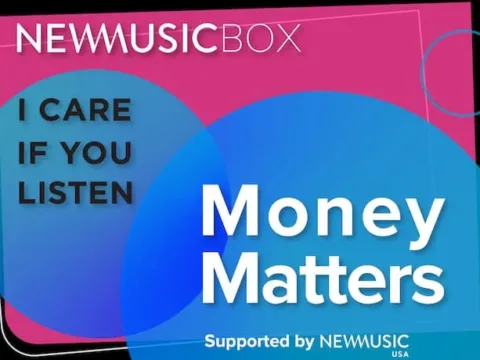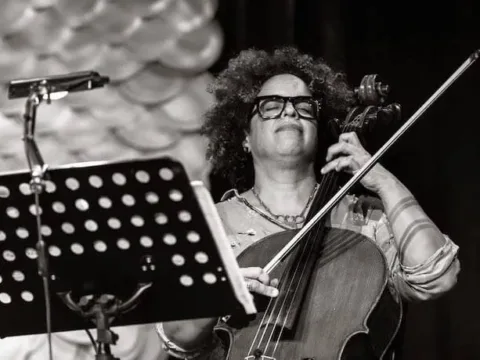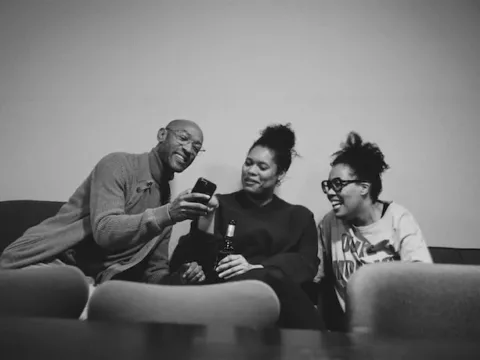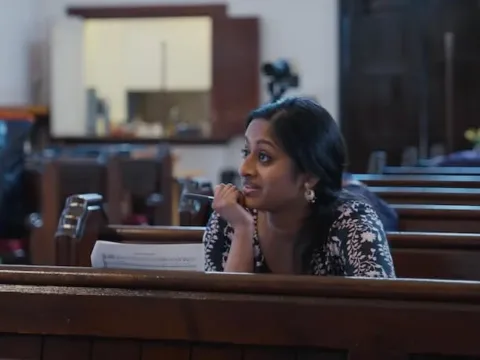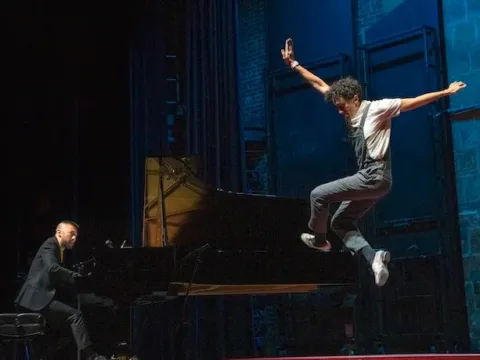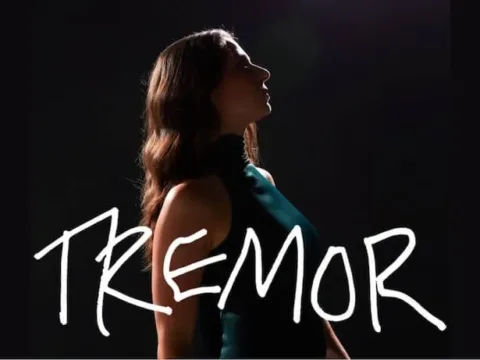The year was 2014 and Southern University’s Human Jukebox marching band had just gone viral for their performance of New Edition’s “Can You Stand the Rain.” Up until this point, I was only vaguely familiar with marching bands at Historically Black Colleges and Universities (HBCUs) through popular culture, but this video made me stand at attention. As a classically trained violist who, outside of church, had received most of their music education from predominately white institutions, I had so many questions: Who were the girls dancing in front of the band? Why was the band playing this song? How did they get that sound?
This video was a launch pad for me learning more and eventually becoming a fan of HBCU band culture. From the perspective of a professional classical musician, I couldn’t help but draw parallels between the artistry presented by these bands and my own craft. Peering into the world of HBCU marching bands as an outsider, I believe there are a number of lessons that classical musicians can learn by observing their dedication to musicianship and showmanship.
The first institution to have what resembles the modern HBCU marching band was Florida Agricultural and Mechanical University in Tallahassee, Florida. Dr. William P. Foster began to adapt the traditional military-style marching band in 1946. He incorporated dance steps and Black music from the era, including jazz and ragtime. Signature to this show-style of marching band, Dr. Foster also incorporated high stepping (or high knees), which contrasts the traditional corps-style marching band where band members’ feet barely leave the ground.
Starting with only 16 members, Dr. Foster’s Marching 100 inspired many and left a lasting impression on the Black community and Black culture. The overall sound of these bands has developed into an iconic bold and brassy style featuring trumpets and trombones belting out at the top of their range. Nearly every HBCU has a marching band that has developed its own style and traditions, but no matter each institution’s individualism, they all remain true to their show-style marching band category and are guaranteed to give you a passionate and unforgettable performance.
In this time of classical music reform, one of the main lessons we can learn from HBCU marching bands is the ability to maintain musical traditions while also responding to the surrounding culture. While the primary goal of show-style bands is to put on a show, their point of departure is still first and foremost great musicianship. Traditional marches and chorales are often used to help the band warm up and get ready to play for the duration of the game in a period referred to as “Zero Quarter.” A great example of this can be seen in a video from Jackson State University’s 2022 Thee Merge, an annual event the brings together new and returning members of the band.
In addition to using traditional military-style marching band repertoire, HBCU bands balance programming songs that are staples in the Black community with songs that are popular at the moment. While every band has their own unique song book, almost every band has several arrangements in common, including “Neck,” “The Show,” and most importantly, “Da Butt” from Spike Lee’s “School Daze,” an award-winning musical comedy-drama that focuses on the lives of Black students attending an HBCU in the 1980s. The single “Da Butt,” written by Experience Unlimited, is from the original soundtrack for the movie and went on to receive several nominations and awards. While seemingly a small detail, the centralization of “Da Butt” (and other songs like it) presents a throughline from Black musical history to the students creating history today.
Beyond Black musical traditions, HBCU bands excel at keeping music current and relevant to the local community in order to keep audiences engaged. HBCU bands tend to have an ear to the ground as to what songs are charting and what songs their larger communities are listening to. For example, Rapper GloRilla released the song “F.N.F (Let’s Go)” on April 29, 2022. It quickly became one of the most popular songs of the summer, reaching number 42 on the Billboard Hot 100 Singles Chart, and the Alcorn State University Sounds of Dynamite marching band has already performed it this season. Meanwhile, Southern University’s Human Jukebox marching band regularly performs the 1994 song “Let Your Mind Be Free” by The Soul Rebels, a local New Orleans brass ensemble.
Similar to HBCU marching bands, classical music also relies heavily on tradition. Commonly played pieces have been fashioned into a canon, musicians learn to interpret these pieces from their teachers, then they in turn teach their students to do the same, and so on. It is rare, however, to find classical music institutions who do tradition and revolution equally well. For example, only in the aftermath of the racial reckoning of 2020 did we start to see regularly programmed works by canonic Black composers outside of Black History Month.
[Tweet “It is rare to find classical music institutions who do tradition and revolution equally well.”]
Classical music institutions could more successfully balance tradition with the surrounding culture in several ways. First, organizations need to make a sincere and valiant effort to learn more about the community around them. This means interacting with community members outside of special outreach concerts, learning what excites them about music, and extending invitations to attend regular season programming. Institutions can also connect a portion of their programming to the musical underpinnings and history of the city, like Motown and Gospel in Detroit and Blues in St. Louis. This includes collaborations with artists outside of classical music – for example, I’m 100% positive that the greater Detroit community would love to see a Detroit Symphony Orchestra concert with The Clark Sisters. No one is asking orchestras to completely abandon the canonical repertoire, but an exclusive focus on tradition without engaging the local musical community is a disservice.
Classical musicians can also turn to HBCU bands to learn the value of putting on a good show and sharing the gift of creating music with our audiences. An important aspect of this showmanship in HBCU bands is the auxiliary performers. The inclusion of auxiliary members in marching bands is not unique to HBCUs; marching bands across the country include color guards and baton twirlers, but auxiliary members that are nearly synonymous with HBCU marching bands are majorette dancers. Helping to lead the band behind the drum majors, the two teams of “Bucking” and “J-Setting” majorettes have developed their own styles and traditions in how they dance to the music and engage the crowd. An example of their artistry can be seen in one of my favorite majorette videos at the moment featuring the Alcorn State University Golden Girls.
One of the more beautiful aspects about HBCU marching bands is the unity and camaraderie between their students and communities, but another component of band showmanship is the rivalry between different bands. This can range from “friendly” to more “in your face” type of gestures. As a fellow musician, one of my favorites would have to be “cranking.” When a band “cranks on you,” they begin playing while you’re marching into the stadium or while you’re playing in the stands. A clear example of this would be this video of Jackson State University marching out of the stadium and Southern University playing in the hopes of throwing them off.
Watching these bands, I realize that I often find myself so wrapped up in the technical aspects of playing the viola that I forget to enjoy it, to realize how special it is to have the ability to create music. So much of my classical music experience is the same from day to day: play scales and excerpts, teach, and go to rehearsal. When our artistry begins to feel like a routine, this is the perfect time to evaluate our personal approach to music-making and take a note from the showmanship and “wow factor” of HBCU marching bands.
HBCU band culture at large demonstrates how music and artistry does not exist in a vacuum; instead they are malleable and serve their community.
In the same way that HBCU bands are committed to putting on a show, we too, as classical musicians, are tasked with taking someone on a musical journey in the hopes of experiencing something beautiful. And while this cannot necessarily be done in the same extroverted manor as HBCU bands, it can be done with a grateful disposition, genuine engagement with the music, and the intention to share. This year, I performed Beethoven’s 9th Symphony two times within two months. While this piece is quite the undertaking, both mentally and physically, I approached each performance excited and grateful to play. No matter how many times, no matter how seemingly mundane, I truly believe this approach makes a difference.
HBCU band culture at large demonstrates how music and artistry does not exist in a vacuum; instead they are malleable and serve their community. As someone whose artistry and practice are rooted in tradition, it has always amazed me how HBCU marching bands have mastered the ability to remain progressive while paying homage to their roots and simultaneously producing a level of showmanship and dedication to their audience that would make any onlooker their protégés. Right now, classical music institutions are being called to go above and beyond “what they’ve always done” in order to become truly diverse and inclusive and appeal to a wider range of patrons. And while these institutions usually look to their peers in the industry for inspiration, they might consider the lead of HBCU marching bands.
I CARE IF YOU LISTEN is an editorially-independent program of the American Composers Forum, and is made possible thanks to generous donor and institutional support. Opinions expressed are solely those of the author and may not represent the views of ICIYL or ACF.
You can support the work of ICIYL with a tax-deductible gift to ACF. For more on ACF, visit the “At ACF” section or composersforum.org.




